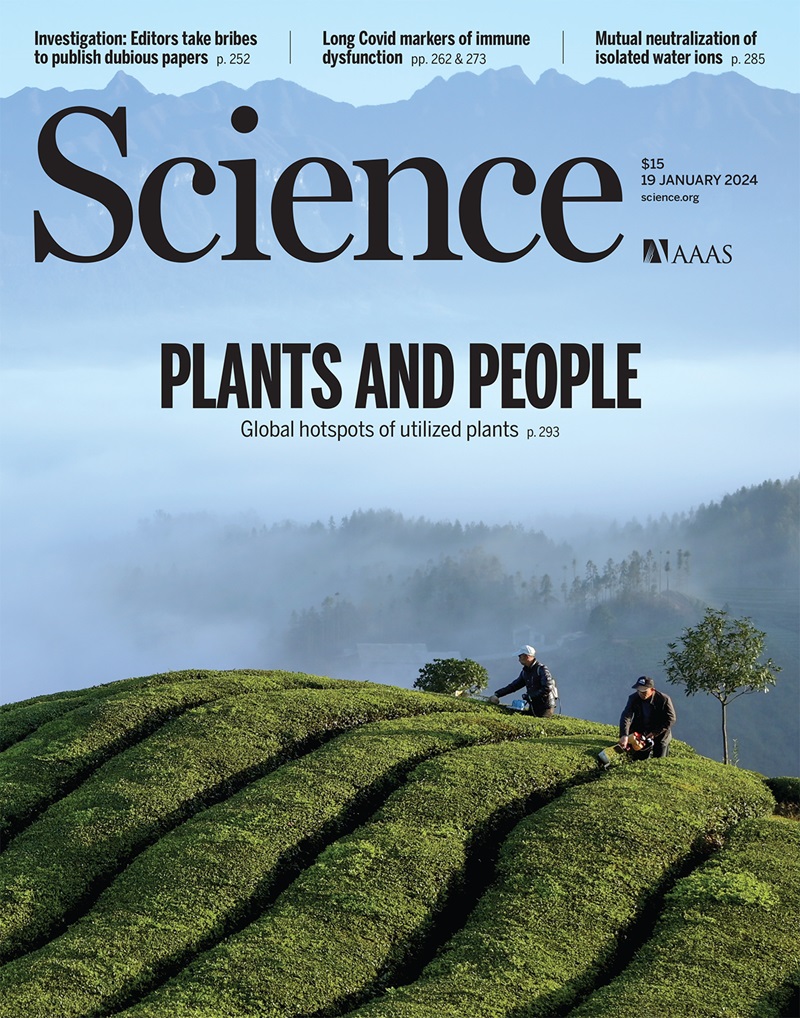Optical devices as thin as atoms
IF 45.8
1区 综合性期刊
Q1 MULTIDISCIPLINARY SCIENCES
引用次数: 0
Abstract
The functional properties of traditional optical structures such as lenses are linked to their inherent three-dimensional (3D) shape, which is often fixed upon fabrication. Their 3D nature also prevents integration of these optical elements into tightly packed systems. Metasurfaces—2D metamaterials that can control the propagation and scattering of light—are promising for compact, flat optics. These materials leverage strong interactions of light with metal and semiconductor nanostructures to control the flow of light with geometric features. However, dynamically tuning the optical properties of metasurfaces remains difficult because they tend to be only weakly dependent on external stimuli such as an electrical field. Reducing the dimension of a metasurface to the atomic scale could enable dynamic tuning and strong lightmatter interaction through the quantum size effect, which allows materials to more effectively absorb and emit light at a specific wavelength.
像原子一样薄的光学装置。
控制二维材料中的激子共振可以产生动态平面光学。
本文章由计算机程序翻译,如有差异,请以英文原文为准。
求助全文
约1分钟内获得全文
求助全文
来源期刊

Science
综合性期刊-综合性期刊
CiteScore
61.10
自引率
0.90%
发文量
0
审稿时长
2.1 months
期刊介绍:
Science is a leading outlet for scientific news, commentary, and cutting-edge research. Through its print and online incarnations, Science reaches an estimated worldwide readership of more than one million. Science’s authorship is global too, and its articles consistently rank among the world's most cited research.
Science serves as a forum for discussion of important issues related to the advancement of science by publishing material on which a consensus has been reached as well as including the presentation of minority or conflicting points of view. Accordingly, all articles published in Science—including editorials, news and comment, and book reviews—are signed and reflect the individual views of the authors and not official points of view adopted by AAAS or the institutions with which the authors are affiliated.
Science seeks to publish those papers that are most influential in their fields or across fields and that will significantly advance scientific understanding. Selected papers should present novel and broadly important data, syntheses, or concepts. They should merit recognition by the wider scientific community and general public provided by publication in Science, beyond that provided by specialty journals. Science welcomes submissions from all fields of science and from any source. The editors are committed to the prompt evaluation and publication of submitted papers while upholding high standards that support reproducibility of published research. Science is published weekly; selected papers are published online ahead of print.
 求助内容:
求助内容: 应助结果提醒方式:
应助结果提醒方式:


